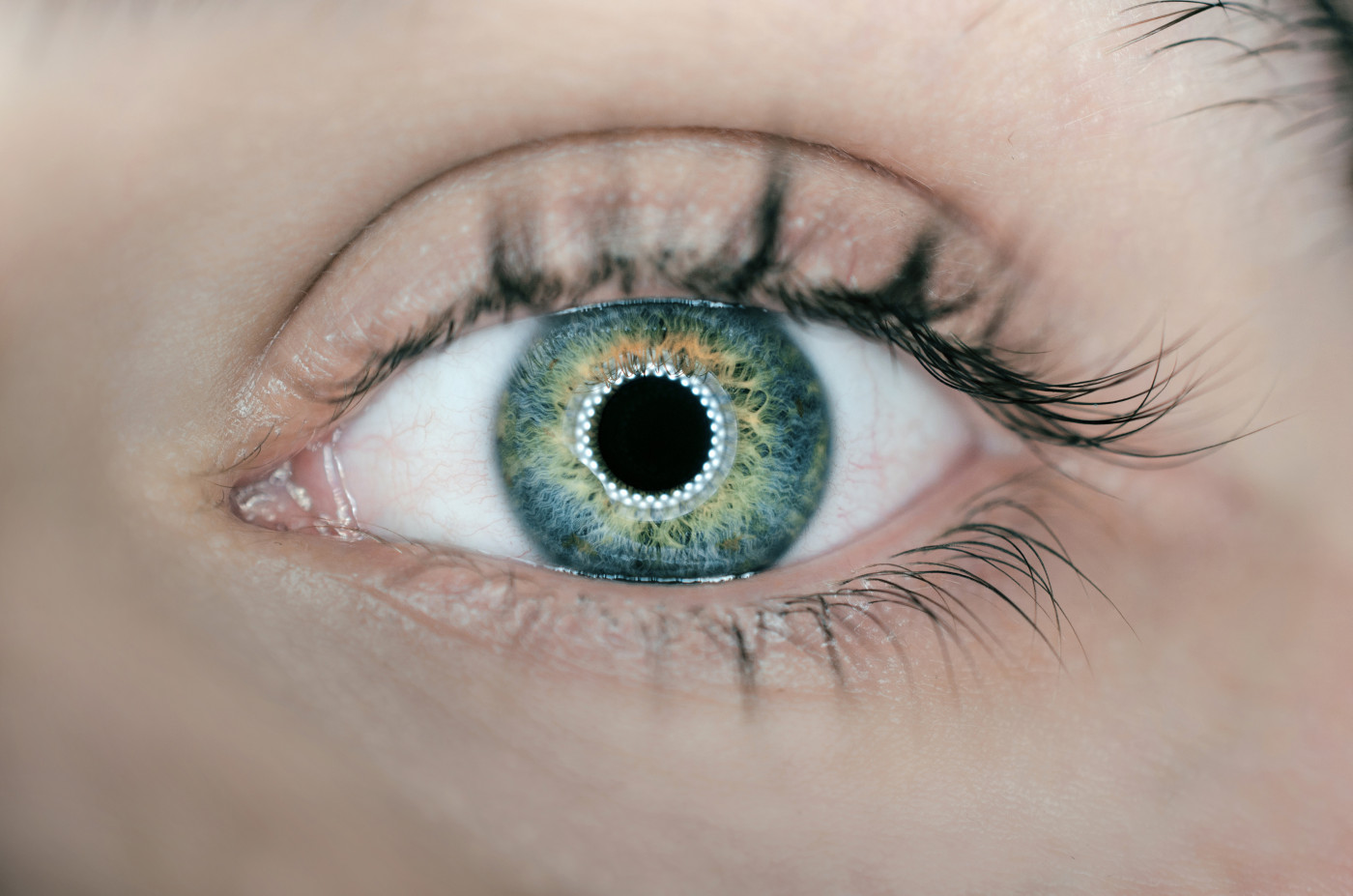Cushing’s Disease Might Lead to Ocular Hypertension, Case Report Suggests
Written by |

Ocular hypertension — increased blood pressure inside the eye — might be a secondary symptom of Cushing’s disease, caused by long-term exposure to high cortisol levels, a case report shows.
The study, “Ocular hypertension secondary to high endogenous steroid load in Cushing’s disease,” was published in BMJ Case Reports.
Cushing’s disease is a rare condition caused by a tumor in the pituitary gland that produces high amounts of the adrenocorticotropic hormone (ACTH), making the adrenal glands produce excess cortisol.
Common symptoms include weight gain, muscle and bone weakness, redness in the face, acne, and easy bruising. High blood pressure and cholesterol are sometimes related to excessive cortisol but are less frequent.
Since most of the symptoms are shared with other conditions Cushing’s disease is difficult to diagnose. Late diagnosis often leads to symptoms worsening or remaining even after treatment or surgery.
Researchers in the U.K. recently presented the case of a 35-year-old Caucasian man with high intraocular pressure discovered during a routine examination. The patient, who had normal vision, was diagnosed with ocular hypertension with risk of glaucoma (damage to the optic nerve).
He had a five-year history of excessive weight gain (he was overweight at the time of examination), changes in facial appearance, and high blood pressure that did not respond to medicine.
The symptoms had worsened in the previous 10 months and he developed weakness and easy bruising. The whole medical history led his practitioner to suspect Cushing’s disease and to refer him to an endocrinologist.
Routine blood exams showed he had pre-diabetes, high cholesterol, and elevated urinary cortisol levels. Upon further investigation, doctors found elevated ACTH.
An MRI showed he had a small tumor (micro-adenoma) in the pituitary gland, which led to the confirmation of Cushing’s disease.
He started to take metyrapone, a medication that acts on the adrenal glands helping reduce cortisol levels. Later, the tumor was surgically removed, and the surgery reduced his cortisol levels.
One year after the surgery, his intraocular and blood pressure were normal and he no longer needed to take medicine to control those conditions. He also was steadily losing weight. However, shortly after the surgery, he developed low-mood and osteoporosis that persisted after surgery.
“It is the opinion of his clinical team that the severity of his symptoms including his [ocular hypertension] was due to the long duration and high intensity of endogenous cortisol load caused by his ACTH-secreting pituitary adenoma,” the investigators wrote.
Three other cases of young patients who have ocular hypertension as a result of Cushing’s disease have been reported. These cases show the importance of considering other causes for increased eye pressure and of assessing the entire clinical history upon examination, especially in young patients who report atypical symptoms.
“The cases also highlight that ongoing ophthalmic follow-up in the community or by the hospital eye service may be useful in assessing early relapse of pituitary adenomas,” researchers concluded.





